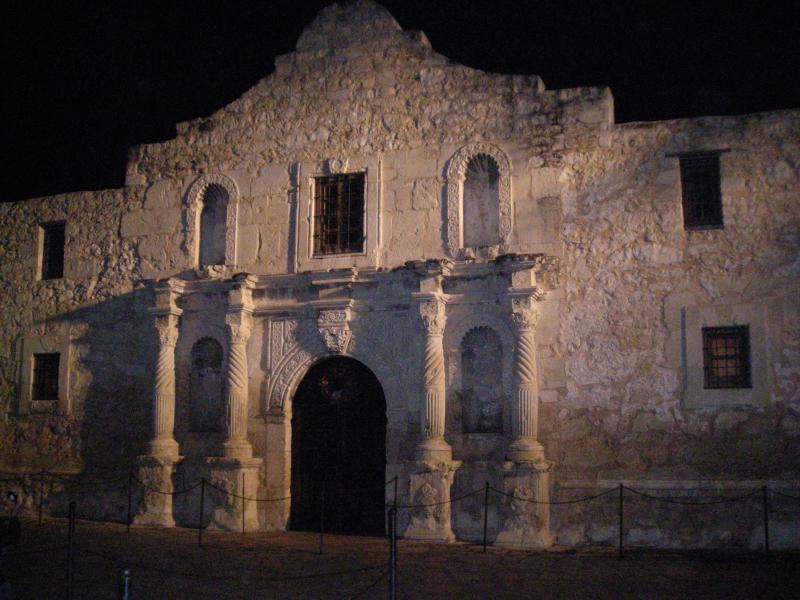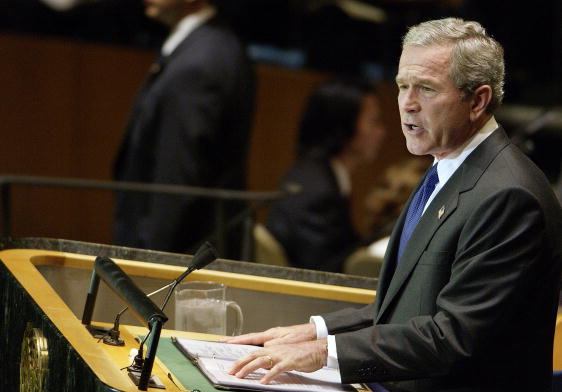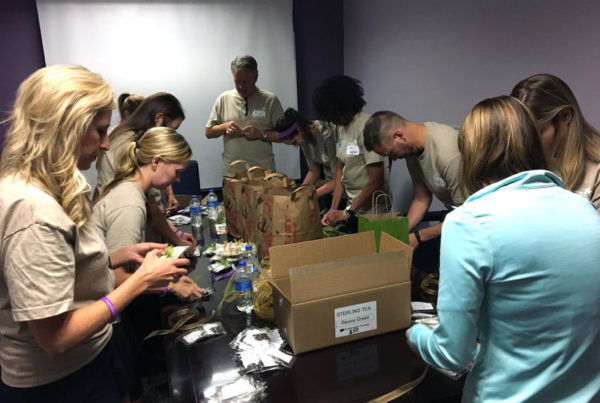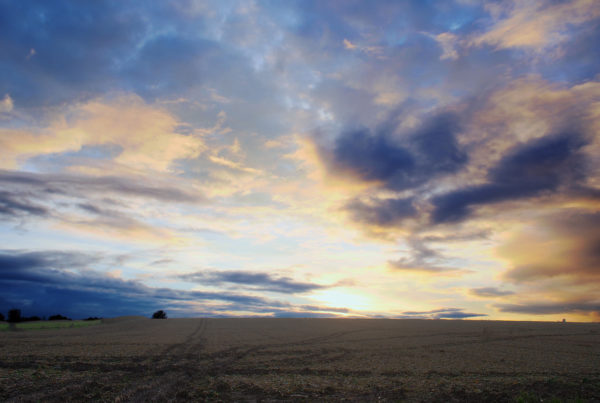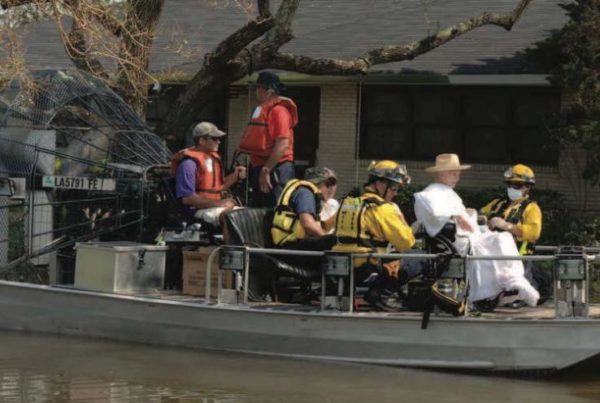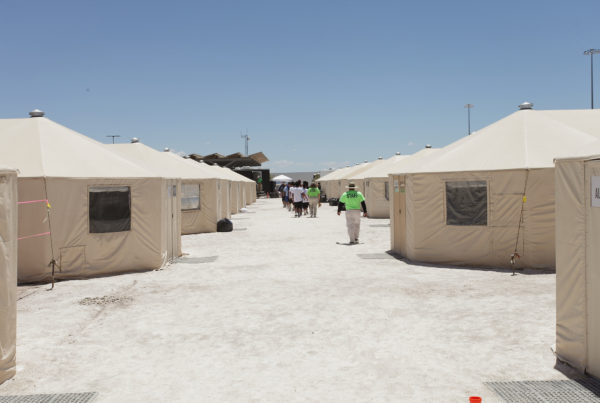Texans are taught to remember the Alamo, but now there is debate over how exactly we should acknowledge the people, and events of that time and place.
Last month, an advisory group called the State Board of Education Social Studies TEKS Streamlining Work Groups, which is made up of educators and historians, approved a final recommendation making a number of changes to the state’s history curriculum standards. They included how the defense of the Alamo is taught. The group recommended that the word “heroic” be removed from a proposed revision of the Alamo teaching curriculum, because it is “a value-charged word.”
Gov. Greg Abbott, among others, protested the change.
“They died fighting for Texas independence,” Abbott tweeted. “That is the epitome of heroic. Thanks to all Texas patriots who weighed in.”
Texas Standard Host David Brown spoke with Richard Flores, the author of “Remembering the Alamo: Memory, Modernity, and the Master Symbol,” and senior associate dean and professor of anthropology and Mexican American studies at the University of Texas at Austin, and Sam Haynes, professor of history, and director of the Center for Greater Southwestern Studies at the University of Texas at Arlington.
On how Texas history is taught:
Sam Haynes: “The Texas history narrative that we know so well is really one that begins in the early 20th century with the Daughters of the Republic of Texas. They were the ones who crafted a history curriculum for school children which was really designed as a tool of moral instruction. It cast the Alamo defenders in a heroic light. That’s why we see the Alamo Chapel. That’s why that takes on so much significance.”
Richard Flores: “ [The state standards] basically say learn about this battle, learn about this event, learn about this person. And so, my understanding from the committee as they were asked to streamline this document, and in looking at the document they’ve produced, at least the draft, what they’ve done is they’ve taken out almost all the descriptive elements and just had the events or the ideas that are to be presented and therefore, I actually don’t have a concern with them taking out the word heroic because in none of the other cases where one might think heroic could be used, it’s not.”
On why we should remember the Alamo in the first place:
Flores: “I think you need to place that whole battle within the larger context. The Alamo, actually, was not considered a site of heroics, like the Battle of Gettysburg site is. So the battle takes place in 1836, I think we all know that, the whole place, the structures that remained, no one really cared about them. They were in ruins until the late 1890s when one of the Daughters of the Republic of Texas, Adina de Zavala, whose grandfather had actually left Mexico and sided with the Texans, Lorenzo de Zavala. She begins to get concerned about remembering this place.”
On rethinking the Alamo:
Flores: “I believe we are in transition. I don’t know where it is going to end. But I think that transition has been going on for quite some time, for the last 20 or 30 years there have been efforts to rethink the history of the Alamo. Whether it’s about inclusion, or exclusion, to question what really happened there.”
Haynes: “I think it has given Texas a sense of cohesive identity, but it’s really more of a manufactured one. I think it’s important to remember that this is a narrative which emerges in the 20th century and it is very much an Anglo-centric narrative. Did African-Americans in 1836 endorse those values? They most certainly didn’t. Did Mexican-Texans endorse those values? Well, some did, clearly, but many opposed it. Other people may embrace it now, but its origins are very much one designed to give white Texans a sense of identity … Texas in the 1830s is one of the most ethnically diverse places in North America. It’s a world of Anglo-Americans, a world of Mexicans, it’s a world of those of African descent, and this extraordinarily complex native American world. And so the narrative that has emerged in the 20th century is really not a narrative that does justice to that ethnic diversity and I think in the 21st century it may well be time to reevaluate that narrative and to provide a more inclusive one.”


